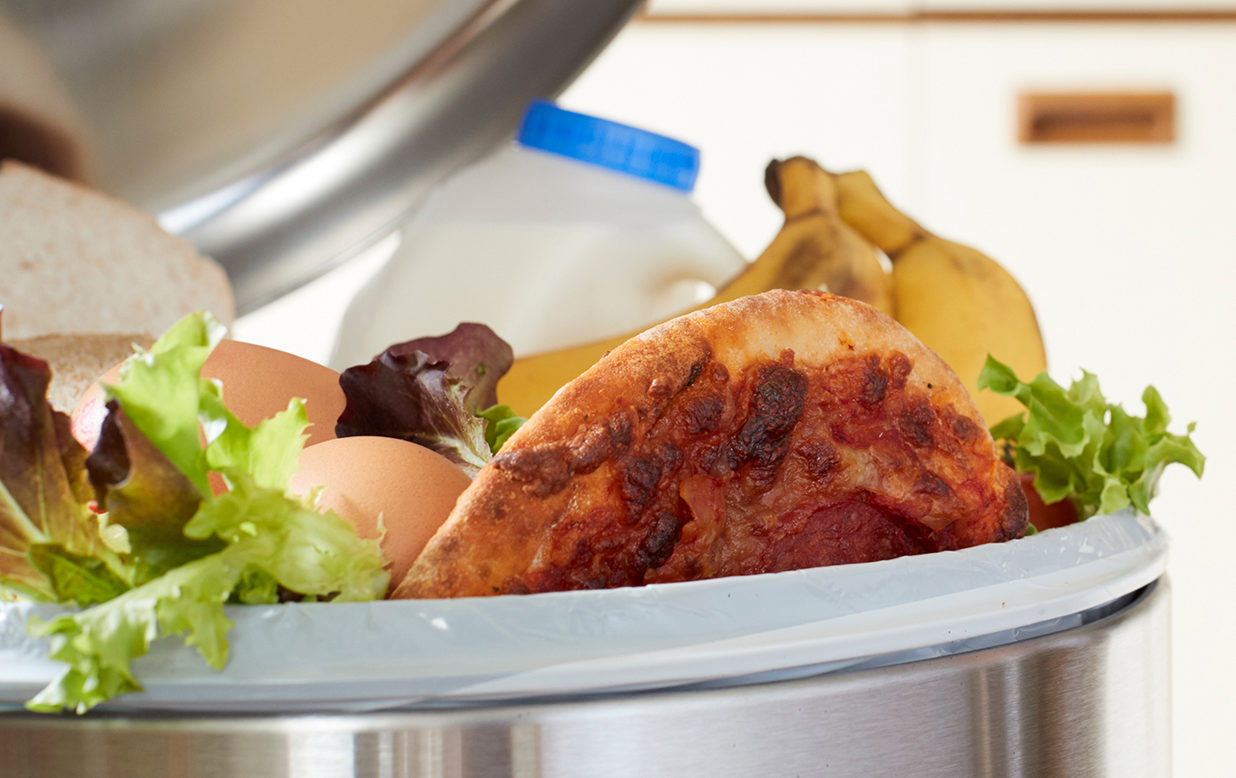Student Designs System to Reduce Food Waste on University Campuses
A college student, on average, throws away more than 64 kilograms of food per year, according to RecyclingWorks of Massachusetts. One way to motivate students to change their behavior is to help them realize there is a problem.
That’s what Graduate Student Member Varsha Jain is doing with the automated eBin food waste tracking system she built for a semester-long embedded system and design class she took in 2016 at the Indian Institute of Technology in Mandi. Her hope was that the data she collected from trash bins in the school’s dining halls would persuade students to change their wasteful ways. She hoped they would bring back leftovers to their dorm room or reduce the amount of food they purchased. Jain’s research article is available in the IEEE Xplore Digital Library.
In the article, Jain writes that “eBin is a social persuasive system to motivate reflection and behavioral change among young adults when it comes to their food waste and recycling habits.”
SHARING STATS
The eBin system is composed of a Wi-Fi-connected scale placed beneath a trash bin for discarded food scraps. The scale weighs the waste dropped inside and transmits the figure to a Raspberry Pi computer.
To determine how many students discard food scraps, Jain built a box in which her peers deposit their meal cards every time they eat in the cafeteria. The dining hall staff then returns the cards to the students. Jain outfitted the box with sensors that count each card as it’s deposited. The box includes a Raspberry Pi, a microcontroller, and a dongle.
The measurements from the scale and the card counter was updated every 3 seconds. A live feed of those stats from the system, along with an estimate of how much money was wasted as a result, is transmitted to an LED display in the dining hall.
Jain also built a website that contained data on how much food was wasted daily and weekly, along with how many students received meals. Charts and graphs illustrate the results.
She says she was unable to get accurate counts because there was a glitch with the network in the cafeteria that caused problems with collecting and transferring data to the server.
Jain says the next such effort for designing a system for tackling the food-waste problem should be simple enough to be deployed in different environments, not just on university campuses.
While her system didn’t work as well as she had hoped, it’s one step toward reducing the nearly 10 billion kg of food discarded each year worldwide, according to the Food and Agricultural Organization of the United Nations.
Read more at The Institute here.






